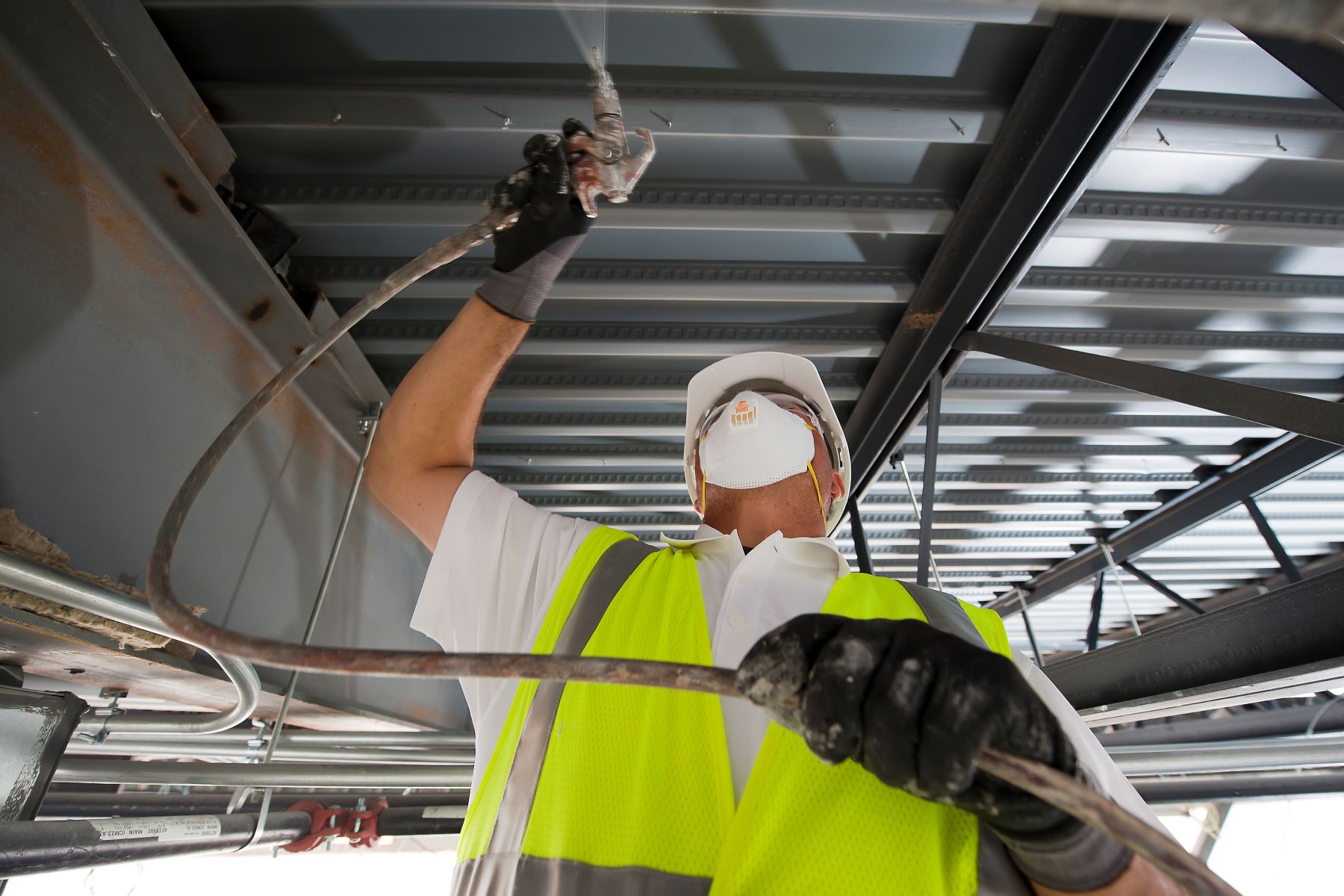Those who provide fireproofing services make materials and structures more fire resistant by using passive fire protection techniques. Buildings with fireproofing systems certified as fireproofing are eligible for fire resistance ratings. There is no conventional material that is completely fireproof at a significant intensity, temperature and/or duration. “Fireproof” does not necessarily imply that a structure will never burn. However, fireproofing systems can make a structure more resistant to fire.
Unlike fire protection, fireproofing services are different. Sprinkler, fire pump, extinguisher, alarm, detector, and other active firefighting and fire detection devices are usually the responsibility of Empresas Ignifugacion. Fireproofing and fire protection services are frequently offered by the same provider.
Steel girders inside structures are often coated with fireproofing materials. Although steel is non-combustible and cannot melt in normal fires, heat from a fire can weaken the steel, causing the girder to bend, and then collapse, bringing the entire structure crashing to the ground. In order to slow down the temperature rise of the girder, fireproofing insulates the steel from the fire’s heat. Therefore, there is more time for the fire to be extinguished or evacuated, thus reducing injuries and damage.
Different Fireproofing Types
A cementitious fireproofing system, an intumescent fireproofing system, and a firestop fireproofing system are three types of fireproofing.
Concrete Fireproofing: This process uses plaster-like, gypsum-based coatings that look like white stucco after drying. They are spray-applied to the surfaces of structural members that need protection. They are typically used at temperatures below 540° C to prevent steel girders and beams from bending. As an additional protection from petroleum and other intense fires, structural concrete coatings are also used in vehicular tunnels. The concrete members of these tunnels require extra fire protection as a precaution.
Intumescent Fireproofing: When heated, intumescent paints expand, creating a barrier that resists heat. Sodium silicate is usually the main ingredient. In high-heat conditions, the paint coating thickens, entrapping air and forming a layer of char that provides greater insulation. Spraying or brushing these coatings onto surfaces will protect them. Cementitious fireproofing can sometimes be interchanged with these paints, but they are typically used on pipes and other metallic components like tanks and valves, where a thick layer of cementitious fireproofing would be inconvenient. The material used in firestops is intumescent putty.
Firestop Fireproofing: This fireproofing consists of securing all openings and joints in fire-resistant walls and flooring. The HVAC contractor installs fire dampers in ductwork holes and along the firewalls where the ducts cross. A specialty fire sealant made from gelatin or gypsum usually fills all cuts for pipes and electrical wiring trays.

